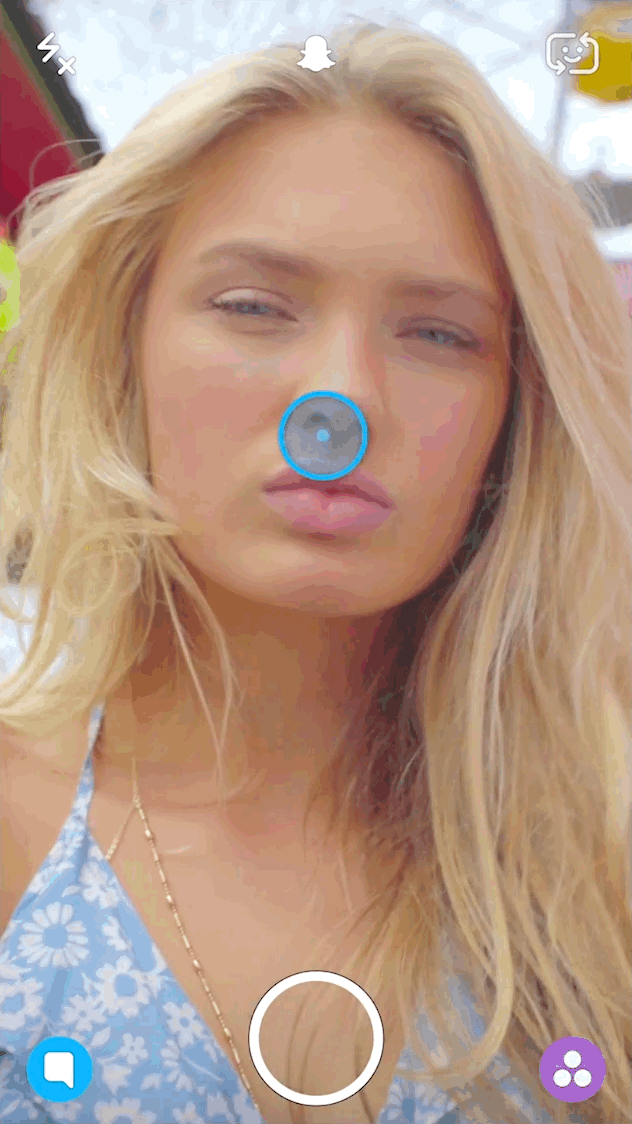I found the diffusion of innovation theory a very interesting way to look at new innovations. The theory answers the questions of how, why, and at what rate these new ideas and technological advances spread. The writer of the book Diffusion of Innovations, Evertt Rogers, states that there are four main elements that create and push the influence of these new innovations. The four main elements are the innovation itself, communication channels, time, and a social system. According to Rogers, he saw this system is heavily reliant on human capital, which I believe is something we can all agree is true. In addition, Rogers also has multiple categories of adopters worked into his theory. His categories are early adopters, early majority, late majority, and laggards.
I have decided to take Evertt Rogers’ diffusion of innovation theory and apply it to a somewhat new technological innovation that is highly popular with my generation today, Snapchat. Snapchat was created in July of 2011by Evan Spiegel and Bobby Murphy, although it was originally called Picaboo, but was changed to Snapchat in September of that same year. Throughout the years they continued to make updates to include not only the ability of their users to send photos, but also videos, send chats, create stories, and private stories. Some of their more recent additions to the app include filters that can be applied to photos and videos as well as the memory feature which allows the users to save snaps they take in the app instead of their normal camera roll.

Looking at how Snapchat has evolved through the eyes of the diffusion of innovation theory, I can make multiple assumptions of how and why Snapchat became so popular among my generation. For starters, I can go through Rogers’ four main elements that have influence. The innovation itself of Snapchat is desirable to my generation. It allows easy and quick communication with people. It also gives the security that photos, videos, and chats cannot be saved without your knowledge. If you were going to share private information with a friend over Snapchat, you would be notified if/when they screenshotted the message that was sent to them. This feature discourages screenshotting and saving content the sender wants to disappear. Second to discuss are the communication channels. I believe Snapchat had a very wide variety of channels to be talked about on, mostly other social media platforms. I was only 10 years old when Snapchat first came out, but I got the app when I was in sixth grade. People who were in middle school and high school when Snapchat came out were likely already Facebook users. Therefore, when they got Snapchat, I can assume that they talked about it on Facebook or posted their Snapchat username so that their Facebook friends could add them on Snapchat as well. For the people who were my age and a little younger, some had Facebook accounts or maybe their first social media platform was Facebook. But, another popular form of social media during this time was Instgram, which was my first social media account. Instagram users did very similar things to Facebook users, posted about Snapchat and we posted our Snapchat usernames so that our Instagram followers could also add us on Snapchat. As of right now, 90% of snapchat users are between the ages of 13 and 24. As for time, Snapchat became popular very quickly. Probably largely due to the audience it had. It was directed towards teens who loved social media and highly valued privacy, which is most teens. This ties into the last of the four main elements, the social system. Combining what I have previously mentioned with the high amount of peer pressure and feeling the need to fit in brought upon middle and high school students, Snapchat received a lot of downloads very quickly. Because Snapchat sounded “risky” to parents because the messages and photos disappeared, I knew many kids that weren’t allowed to have the app until later on in high school. Because of this, Snapchat became a sort of “right of passage” into being one of the cool kids if you were allowed to have it or managed to hide it from parents.
After looking at Snapchat through this theory, it makes sense how it managed to gain such a large footing in the social media world so quickly. I don’t really see any negatives to Snapchats rapid growth. I think that the growth of users on the app only pushed the creators to continue bettering their innovation. It created a need for more creativity, more ideas, and more technological growth. After Snapchat released Snapchat stories in 2013, it wasn’t long after that Instagram released a stories feature in 2016 and then Facebook in 2017. This cycle of innovation is what builds us as a nation and as a world. The competition of creativity is an extremely positive thing in my eyes.

No comments:
Post a Comment